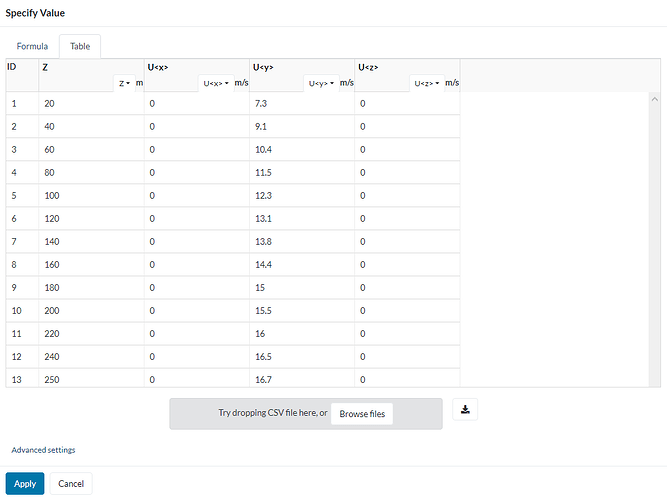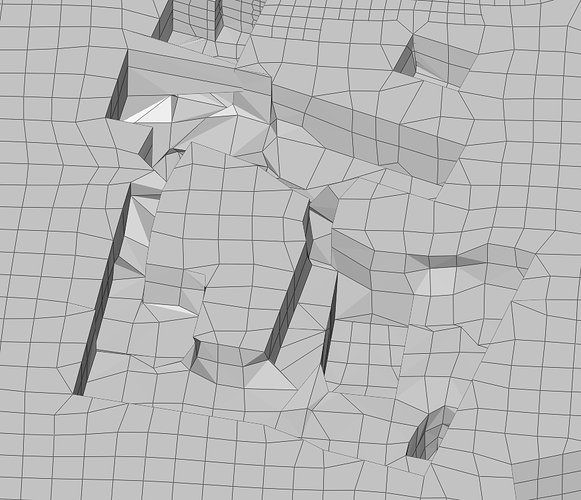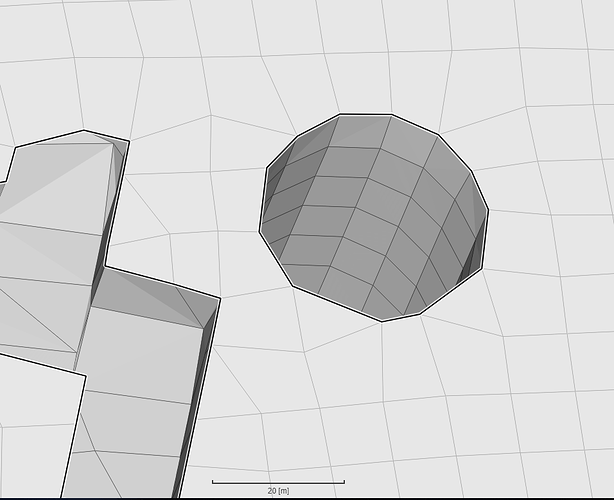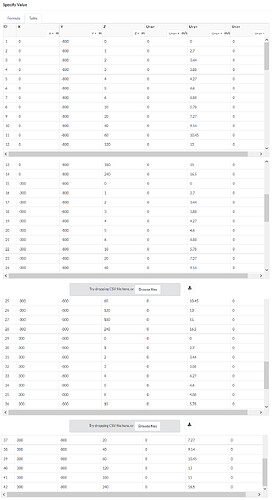Hello everyone, hope i can find some help.
I’m working on a simulation of wind pattern (pression and velocity variations) around an high rise building project.
Made a lot of tests to achive a simulation of a wind “power profile”, i.e. a velocity inlet that increase with altitude.
I tried starting the meshing process uploading the same geometry both in STEP and Rhino native formats, making different types of meshing, but always missing the last step, facing a simulation issue in the end.
Actually, i think i’ve wasted a good amount of core hours ![]()
Right now i have a mesh made starting with a STL file, that, despite the less surfaces control, made the operation much faster and the meshing result seems enough defined for my purposes. ( i think to study a more detailed behavior of the building skin on a second project, where i think i’ll upload a much more defined model of a portion of the skin structure).
The problem is that i’m facing again analysis run issues, and i think it could be related to the table velocity input i created, but actually i don’t really understand what i’m doing wrong.
As you can see from screenshot, on a column i inserted the altitude values, and on the others the velocity values, respectively, keeping Ux and Uz null, having my inlet surface normal corresponding to y axis.
Is really this input that makes simulation keeping on failing, or, despite the different meshes approaches tried, i made again a bad mesh? I looked to many tutorials and to similar public projects reagarding wind analysis on buildings , but i’m still not so sure on which should be the optimal fineness for my project.
Thank you so much for your time!




